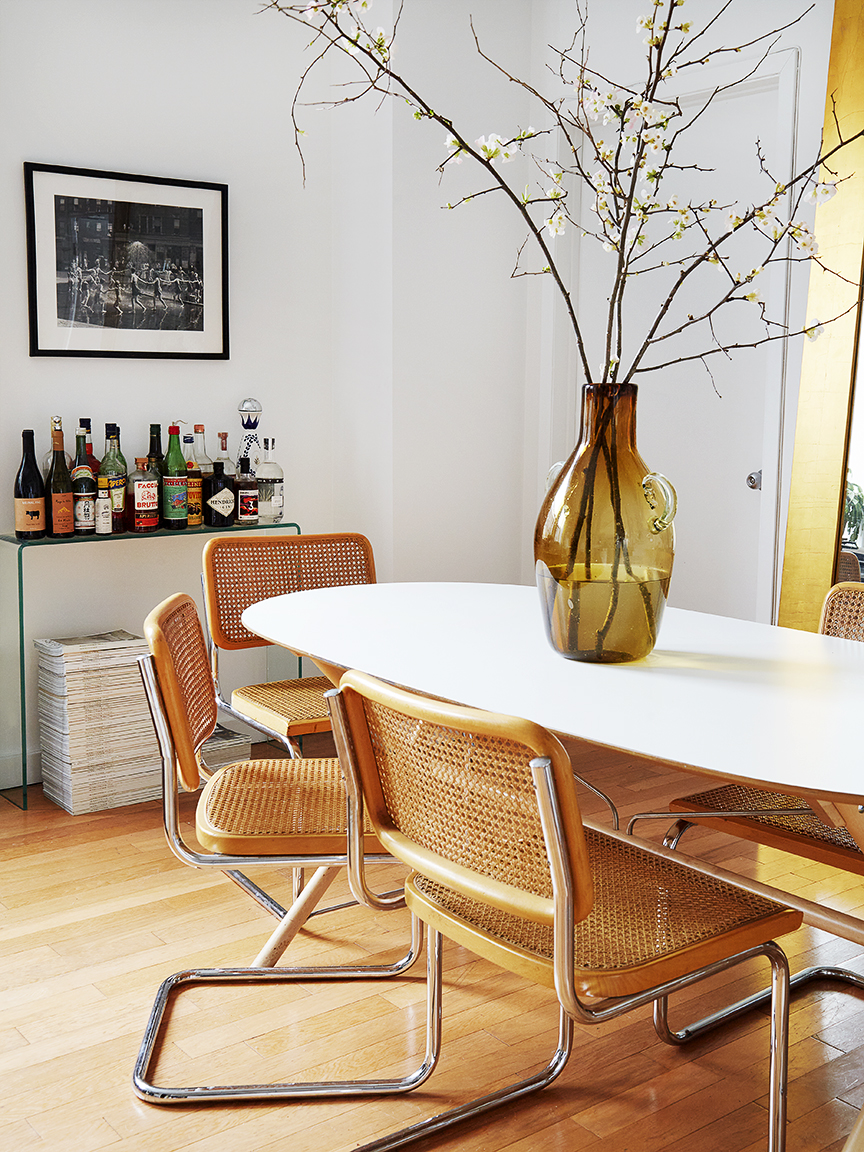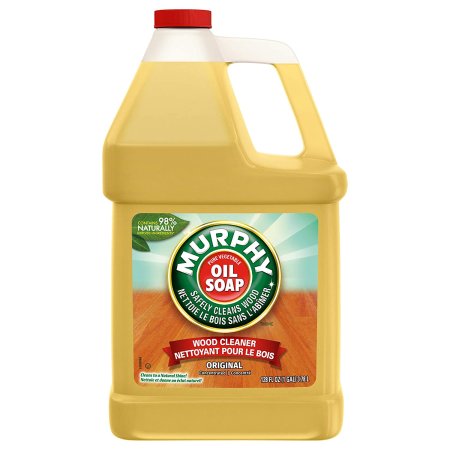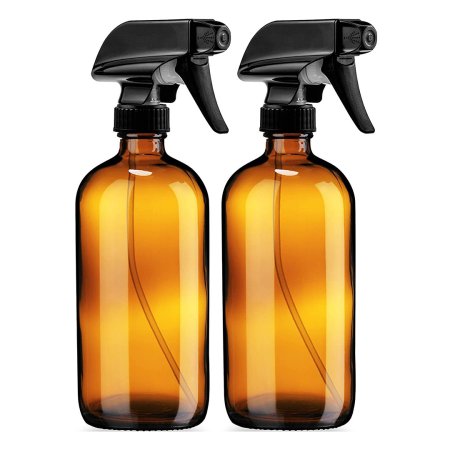We may earn revenue from the products available on this page and participate in affiliate programs.
When Julia Stevens, Domino’s associate style editor, moved in January, she knew she had to do something about her dining chairs. Mismatched and partially broken, her faux Eames seating came from the streets of Brooklyn, and while they did the job for her first postgrad apartment, “I was looking for something new and intentional,” says Stevens.
Enter another member of the Domino family, style director Benjamin Reynaert, who, on one of his usual antiques-hunting adventures, stumbled across a set of classic cane Cesca dining chairs at Sage Street Antiques in Sag Harbor, New York. He sent an iPhone photo to Stevens, and she immediately confirmed that he had found “the ones.” Before long, the four honey-hued chairs were on her doorstep. “Even though cane is a super-trendy material right now, these chairs really do feel timeless,” says Stevens. “I love bringing vacation vibes home through accent pieces made from natural materials, like jute rugs, flax linen bedding, and wood roman shades, so why not do the same with your furniture? Caning is the perfect option to make that happen.”

But, as Stevens’s years in the design industry made her painfully aware, nothing lasts forever. Cane is a delicate material at high risk for tears, breaks, and sun damage—and proper maintenance is key if you want to keep your pieces in pristine condition. “In my opinion, this trend is not going anywhere,” she says. “So I want my furniture to stick around, too.” She immediately took to the Internet to find the best tactics to protect her beloved chairs. Good news: Caring for cane is a fairly simple (and inexpensive) process. Here, she shares what she learned so you too can create a long-lasting sanctuary from the comfort of your own home.
Opt for Shade
Direct sunlight is not great for caning. Not only will it dry out your furniture over time, but it can also cause discoloration and cracking. Instead make sure your pieces live in well-shaded areas of your home so they have the best chance for survival.
Moisturize

As a general rule: Treat your furniture as you would your skin. Making sure caning is heavily moisturized is important for the longevity of the material. A spritz with an oil- or glycerin-based soap that’s been diluted in water will do the trick. Stevens gently mists the backs and undersides of her chairs once a month with a spray bottle filled with a mixture of Murphy oil soap and warm water.
Wipe It Down
But note…while hydration is super-important, you don’t want to oversaturate caning. Stevens likes to wipe her chairs down after spritzing so that any excess liquid doesn’t cause mildew in the furniture’s body.



